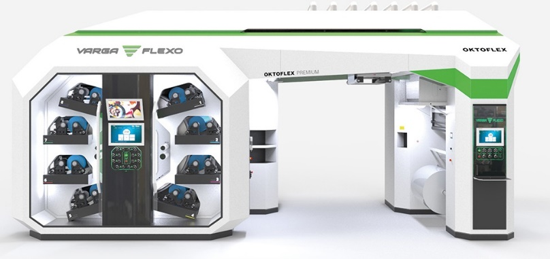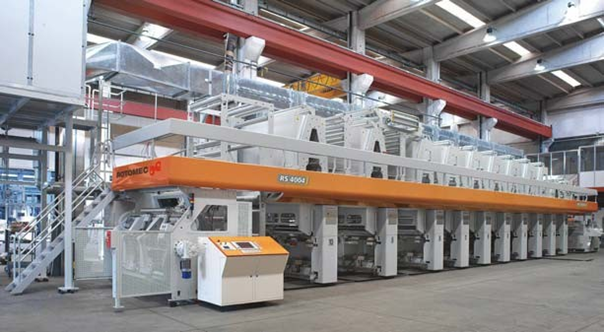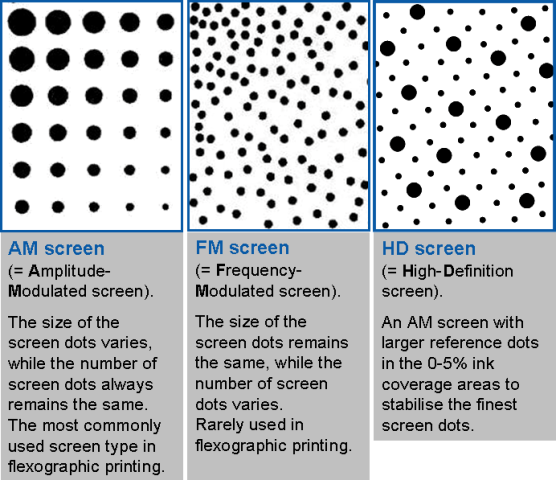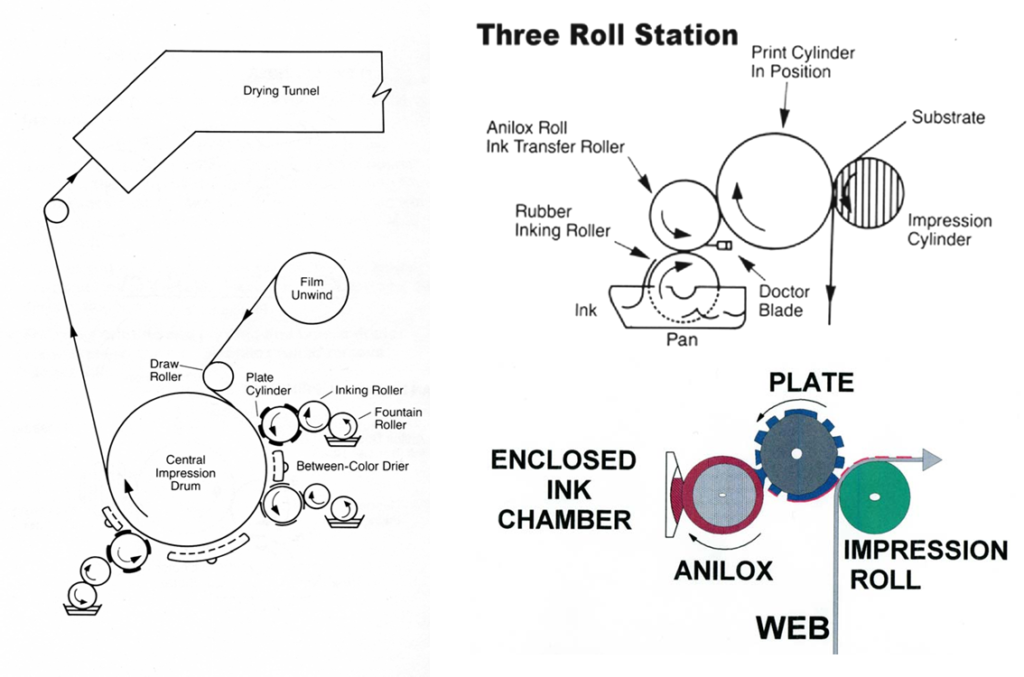INTRODUCTION
As one of the fastest-growing segments of the packaging industry, flexible packaging combines the best qualities of plastic, film, paper, and aluminum foil to deliver a broad range of protective properties while employing a minimum of material.
Typically taking the shape of a bag, pouch, liner, or overwrap, flexible packaging is defined as any package or any part of a package whose shape can be readily changed.
Flexible packages are used for consumer and institutional products and in industrial applications, to protect, market, and distribute a vast array of products.
Leading the way in packaging innovation, flexible packaging adds value and marketability to food and non-food products alike. From ensuring food safety and extending shelf life, to providing even heating, barrier protection, ease of use, resealability, and superb printability, the industry continues to advance at an unprecedented rate.
The life cycle attributes of flexible packaging demonstrate many sustainable advantages. Flexible packaging starts with less waste in the first place, greatly reducing landfill discards. Innovation and technology have enabled flexible packaging manufacturers to use fewer natural resources in the creation of their packaging, and improvements in production processes have reduced water and energy consumption, greenhouse gas emissions, and volatile organic compounds. Even more, lighter-weight flexible packaging results in less transportation-related energy and fossil fuel consumption, and environmental pollution.
With its versatility, custom qualities, efficiency in conserving resources, and sustainability, there’s no better time to consider flexible packaging for your new product line or as an upgrade to an existing package.
Benefits:
- Flexible packaging is light-weight and easy to open, carry, store, and reseal
- Flexible packaging extends the shelf life of many products, especially food, and has positive sustainability profile
- Flexible packaging requires less energy to manufacture and transport and generates smaller quantities.
- Flexible packaging ultimately results in less consumer waste being sent to landfills.
- Innovative & widely extendible into diverse product categories
- Maintains and indicates freshness
- Offers consumer conveniences
- Provides reclosure and dispensing options
- Creates shelf appeal
- Enables the visibility of contents
- Provides efficient product to package ratios
- Uses less energy
- Creates fewer emission
Technology & Innovation:
Flexible packaging is at the forefront of important packaging trends in production protection, packaging design and performance, consumer convenience, and sustainability which positively impact the environment, consumers, and businesses. Flexible packaging makes thousands of products more convenient, enjoyable, and safer for consumers. All thanks to the commitment to innovation, technology, and sustainability that is the hallmark of flexible packaging.
Material Strength Innovations
Flexible packaging materials are now comprised of new polymer technologies that offer:
- Enhanced puncture resistance
- Improved equipment handling
- Increased protection strength
In addition to providing better product protection, this flexible packaging innovation enables less material to be used overall, reducing carbon footprint and energy use.
Lightweight Innovations
Lightweight material advancements have enabled film thicknesses to be reduced by 50% in the last 10 years. In addition to improving consumer convenience and preference for on-the-go snacking, lighter-weight products reduce energy consumption during manufacturing and packaging assembly.
Barrier Innovations
Flexible packaging’s barrier properties have improved to offer better protection from contamination while also using less material. This is due to enhanced application techniques and barrier sciences and further environmentally friendly practices.
Advancements in Flexographic Printing:
Rotogravure and flexographic printing methods play leading roles today in The creation of visually striking consumer goods packaging. Both methods have distinct features and advantages and offer solutions to different packaging challenges. Recent advancements in flexographic printing are equipping consumer goods packagers with new alternatives in their printing method options.

Rotogravure’s Print Quality :
Rotogravure printing, which utilizes engraved metal cylinders to transfer The printed image, has long been known for its exceptional print quality. It produces crisp colors, well-defined images, and bright highlights, and Maintains high consistency and uniformity across the entire print run. The process Is highly cost-effective for large print quantities of 200,000 pieces or more and is competitively priced with flexography for mid-size quantities.

High-Definition Flexo:
Flexographic printing, which employs flexible polymer plates with raised images to transfer ink to substrates, has seen rapid improvements recently and become a rival to rotogravure in many applications. A series of technical advances, including improved presses, anilox rollers, plate materials, dot shapes and ink systems, has produced a new generation of high-definition flexographic printing. High-definition flexo is superior to standard flexo printing in much the same way that high-definition television outperforms standard TV.
The high-definition version produces photo-quality images in resolutions up to 4,000 ppi² compared with 2,450 ppi² pixels per square inch with standard flexo.
The printing plates used in high-definition flexo presses feature flattop dots instead of rounded dots. The rounded dots can create ragged edges and pitted color areas, whereas the newer flatop dots produce sharper life-like images and crisp, highly legible type.

Service Capabilities:
For companies that have a need for both flexographic and rotogravure package printing, finding a packaging supplier that has both capabilities under one roof can have important advantages. For example, it provides a single point of accountability and promotes easier coordination and communication. More, a single source will appeal to brand managers who prefer that all packaging activities including converting and printing take place at one location and not be outsourced. Rotogravure and high-definition flexo offer cost-effective solutions in a wide range of packaging applications. Package- printing suppliers typically provide professional assistance in selecting the optimal method for specific applications. High-definition flexo’s advantages include solid ink density and ink laydown, highlights with smooth transitions, improved reproduction of difficult images, and the ability to use line screens up to 150 lpi² lines per square inch.
About the Author:
Mohammed Abdul Haleem
Email: packagingprinting@consultant.com
With almost 27 years of experience in the printing industry, he offers proactive recommendations on anilox roll specifications, flexographic printing sleeves, testing, inventory management, flexographic equipment applications, training, representation from experience in technical sales, marketing, production, technical service, parts, and supplies. His experience covers the spectrum of flexographic markets including wide web flexible packaging, narrow web, tag & labels, foil, folding carton, corrugated packaging applications.


